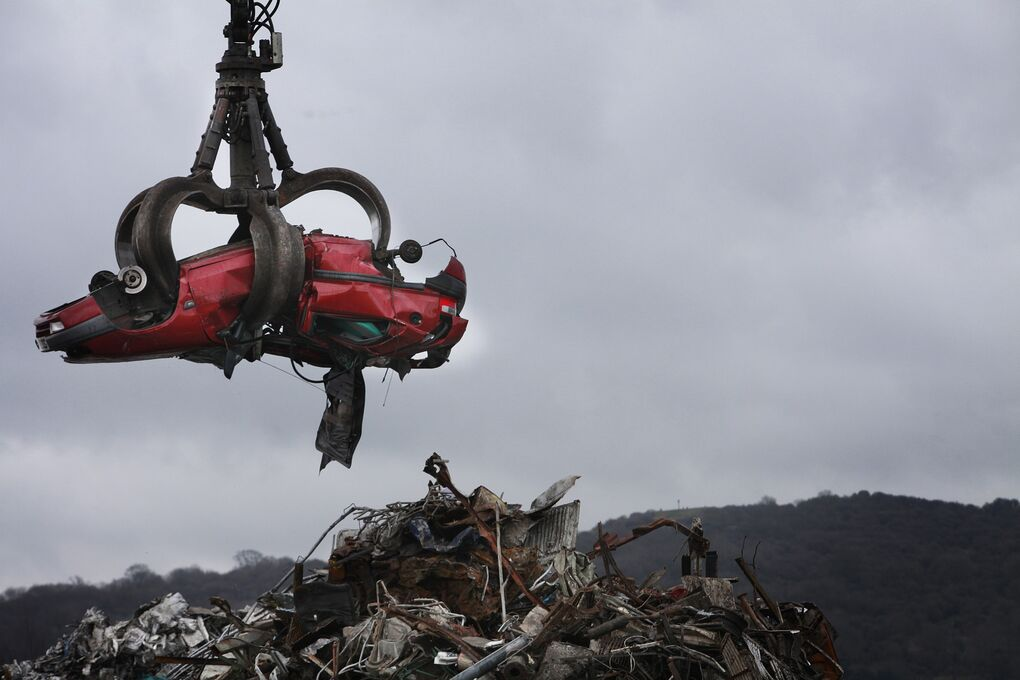
China’s cash-in-exchange program could boost demand for electric vehicles in the coming months, pushing total EV sales to more than 10 million this year, according to BloombergNEF.
The government announced last month it would double trade-in subsidies first introduced in April in a bid to boost demand for cars after sales growth slowed in the first half of the year.
Under the increased incentives, consumers can receive 20,000 yuan ($2,760) to scrap an old, higher-emissions car and replace it with an EV, or 15,000 yuan to trade in a more fuel-efficient gasoline car. Many cities have followed suit, offering additional incentives ranging from about $140 to $1,400 per vehicle.
The government initially budgeted 11.2 billion yuan for the trade-in program — enough to support the replacement of up to 1.6 million vehicles with more efficient gasoline cars, or 1.1 million with electric vehicles, BNEF analyst Siyi Mi wrote in a report published Monday.
While the total of the new funding was not disclosed, BNEF assumes the desired number of vehicles replaced will remain similar, with higher subsidies potentially spurring up to 2 million car sales, Mi said.
That could include 1.1 million electric vehicle sales, worth about $26 billion in revenue, she said.
Increased acceptance of the incentive to trade in old cars for new ones would be a welcome relief for Chinese electric vehicle makers, which have been hit by a prolonged price war and are facing increasing hostility abroad, with the US and the European Union imposing punitive tariffs.
The number of new electric vehicles that Chinese automakers including BYD and SAIC Motor Co.’s MG registered in the EU last month fell 45% from June, according to a survey by Dataforce, which compiled results across the 16 member states that reported figures for July so far.
The potential market for scrapped vehicles in China is significant, Mi said.
More than 26 million ICE vehicles were registered when China’s Class III emissions standards for passenger vehicles went into effect. About 16 million of them are still on the road, based on data from the Ministry of Commerce. There were an additional 1.2 million EVs registered before April 2018, and fewer than 400,000 of them have been retired and scrapped. Together, that represents a total of 16.8 million cars eligible for the trade-in incentives.
According to BNEF, 2.78 million vehicles were scrapped in the first six months of this year, a 28% increase from last year. About 70% of those were passenger cars. The program sets a target of replacing 3.78 million old vehicles by the end of the year.
If every individual who scraps their old vehicles buys a new car and applies for the subsidy, the goal seems achievable, Mi said. Still, only 600,000 applications were filed between the start of the program and Aug. 13, according to the Commerce Ministry.
With information from Bloomberg
Source: https://www.ocafezinho.com/2024/08/19/politica-de-troca-de-carros-velhos-na-china-impulsionara-us-26-bi-em-vendas-de-veiculos-eletricos/

